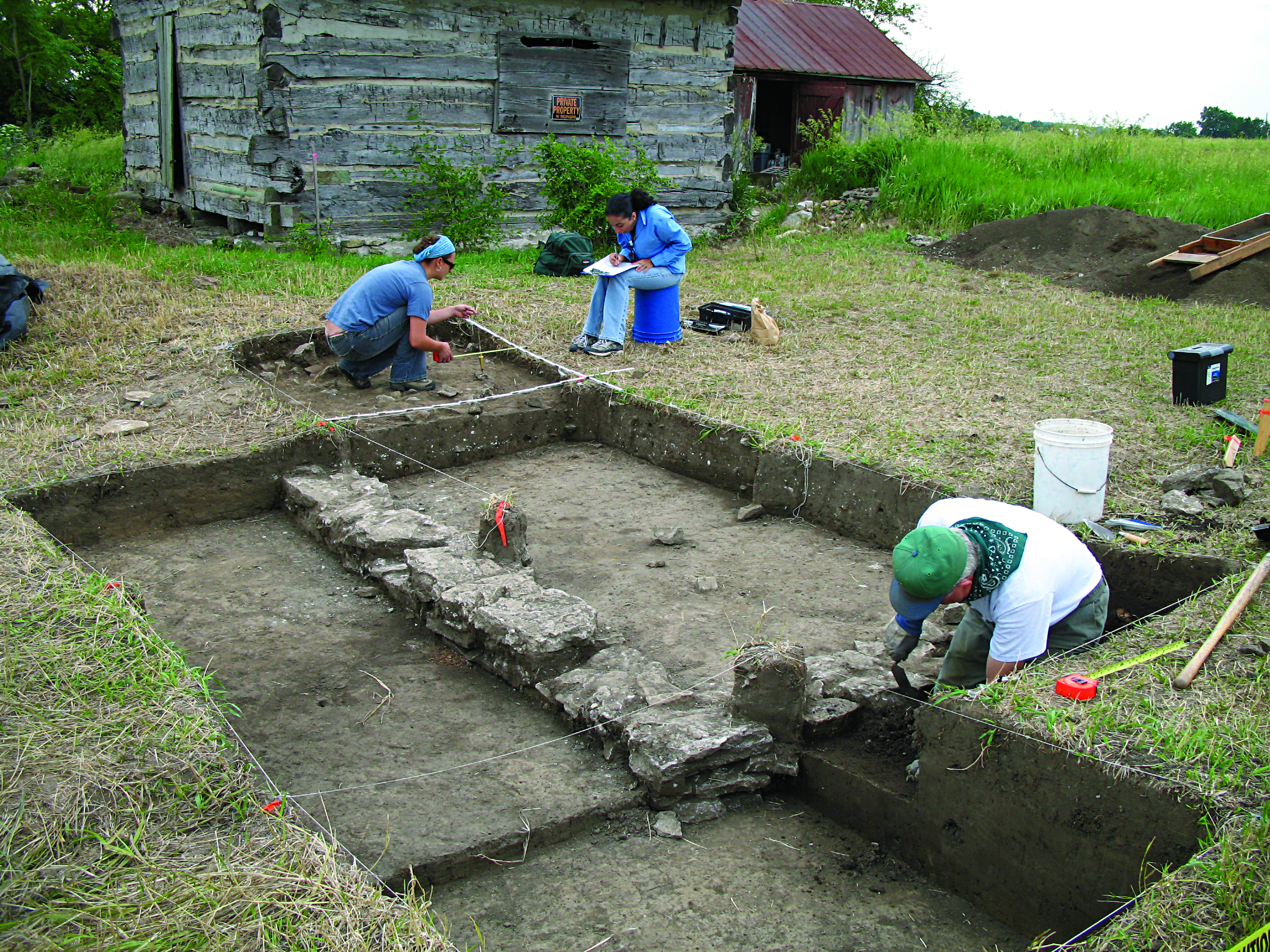New Philadelphia National Historic Site, the first town known to be platted and registered by an African American, became the 424th national park in the National Park Service system on Dec. 29, 2022. The site was founded by Frank McWorter, a formerly enslaved person who purchased his own and his wife’s freedom while tending to his master’s farm in Kentucky. (His master was also his father.) After gaining their freedom, McWorter had saved enough money to buy land in Illinois, which was a free state in 1836. He carved out 42 acres of land to create a town named New Philadelphia. He sold town lots and used the proceeds to purchase the freedom of 15 family members.
While the town prospered in the antebellum period between the formation of the U.S. government and the start of the Civil War, it also served as a station along the Underground Railroad. By 1865, the town reached its economic peak with 160 residents. However, in 1869, a new railroad line was routed around the integrated town, and the community began to lose its population. By the 1940s, many of its residents abandoned the town, and only one house constructed in the 1940s remained on the land. The majority of the town reverted to agriculture.
In 1996, the construction of a nearby highway threatened New Philadelphia and its associated cemetery. As a result, the New Philadelphia Association, a nonprofit organization dedicated to protecting the historical site and legacy of Frank McWorter and his family, was created in response to this construction.
Starting in 2002, the University of Maryland, the University of Illinois, Springfield, and the Illinois State Museum performed an archaeological survey of the townsite. The data was the foundation for developing two successful three-year National Science Foundation Research Experiences for Undergraduate grants (2004-2006, 2008-2011). These grants involved the above-mentioned institutions as well as the University of Illinois – Urbana/Champaign and the University of North Carolina. In addition, the U.S. Army Engineer Research and Development Center performed a partial geophysical survey of the site before excavations commenced.
Because of the significance of the archaeology, New Philadelphia was placed on the National Register of Historic Places in 2005 and designated a National Historic Landmark in 2008. In 2005, New Philadelphia became part of the National Park Service’s Teaching with Historic Places program. In 2009, it was included in the National Park Service’s National Underground Railroad Network to Freedom. In an effort to preserve as much of the town as possible, The Archaeological Conservancy purchased nine acres of the town’s center in 2010 to safeguard the site in perpetuity.
Today, several organizations are involved in partnership with the National Park Service to protect and interpret New Philadelphia. The most active nonprofit organizations include the New Philadelphia Association, The Archaeological Conservancy, the Philadelphia Land Trust, and the McWorter family. Currently, the site has an informational kiosk and an augmented reality cell phone tour of the site’s history. Over the next several years, the National Park Service will work to establish a presence at New Philadelphia National Historic Site so that visitors can journey to the park and learn from the legacy of the McWorters and the many other community members who worked to develop a freedom town.




